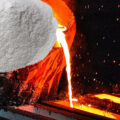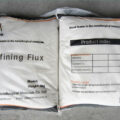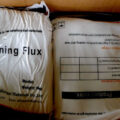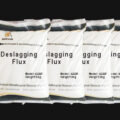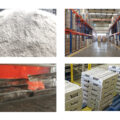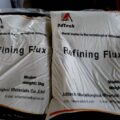Refine Flux has a better degassing and impurity removal effect, it can make the hydrogen content in the aluminum alloy melt lower, and can more effectively reduce the burning loss of the metal. At the same time, the refining agent has a certain heating effect, which makes the hot slag recovery more convenient and the recovery rate is higher.
In order to manufacture high-quality aluminum or aluminum alloy profiles, the raw materials of aluminum or aluminum alloy profiles must be refined (refined), which requires a good Refine Flux.
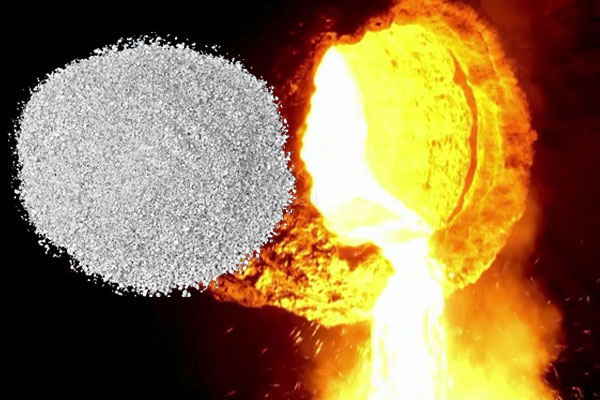
Refining Flux generally uses inert gas as a carrier to pass into the aluminum and aluminum alloy melt for degassing and impurity removal.
When the aluminum casting flux is added to the aluminum alloy melt, it melts into flux droplets. Because the specific gravity of the flux is smaller than that of the melt, the flux droplets float up in the melt. During the process of floating, they will meet the particles of non-metallic inclusions in the melt.
Because the surface tension of the flux at the interface of non-metallic inclusions is small, the flux can wet the non-metallic inclusions and make them adsorb on the flux drop. The surface tension of the flux on the interface of aluminum liquid is large and does not infiltrate, so the flux can adsorb non-metallic inclusions under the effect of the difference in specific gravity, and then be removed by slagging. This kind of slagging is generally called flotation slagging.
Molten Aluminum Refining Flux Features
1. It has a certain dissolving ability for oxides.
2. Enough to increase the fluidity of the molten flux.
3. It can effectively remove the oxide film on the surface of the melt and improve the degassing effect.
4. Increase the surface tension of the mixed molten salt, spheroidize the molten salt that has adsorbed oxides, facilitate separation from the melt, reduce the loss caused by the solid molten slag entrapped in aluminum, and increase the surface tension of the flux-melt, Accelerate the process of volume adsorption inclusion.

